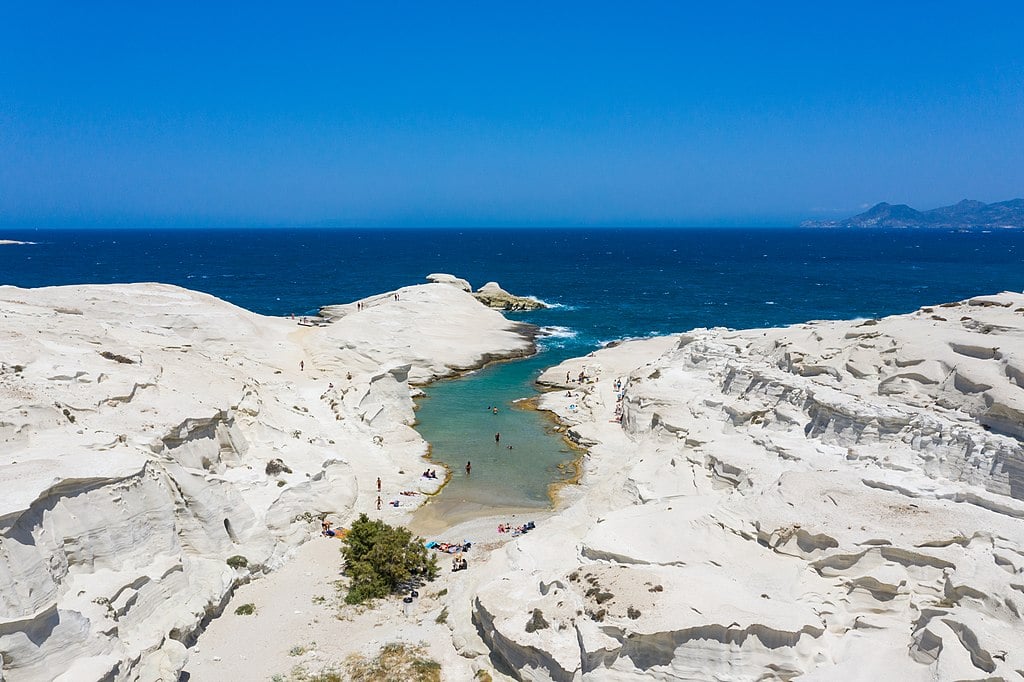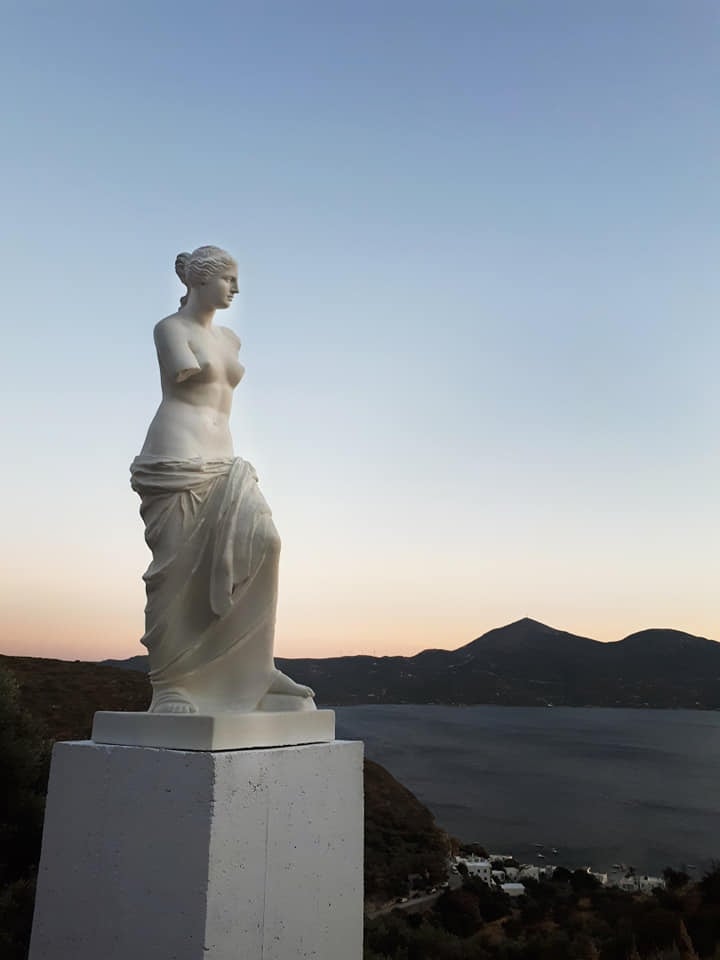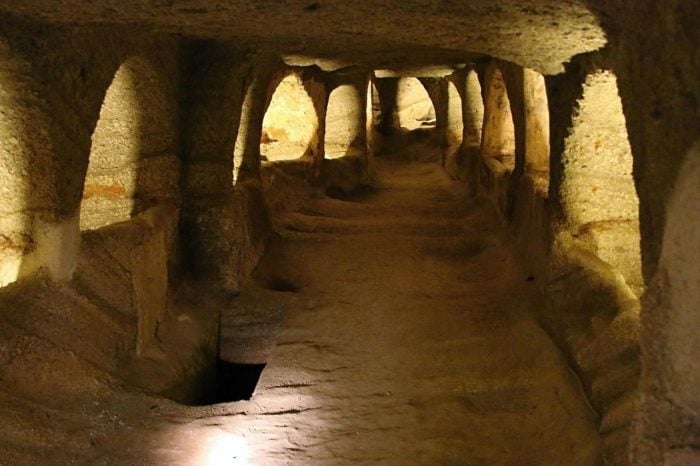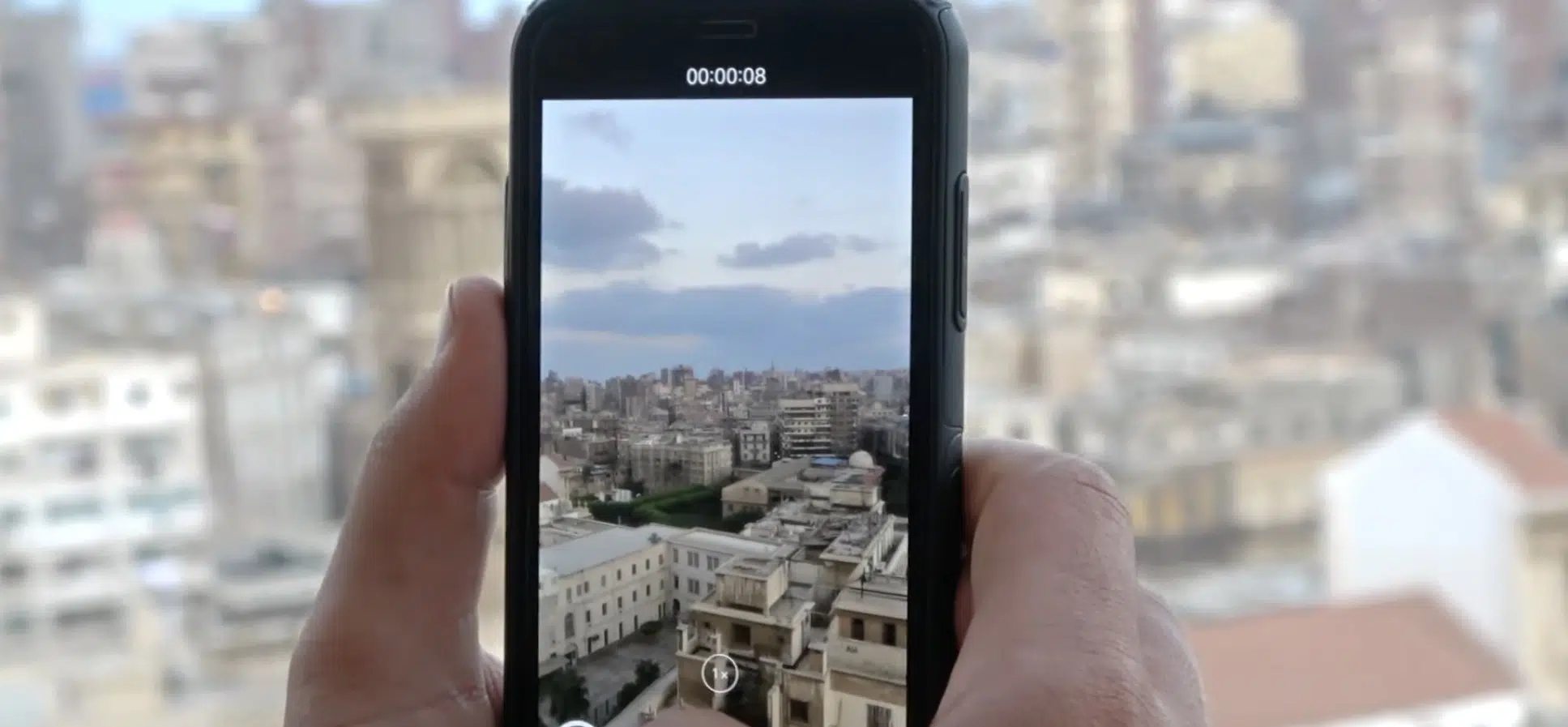
Commentary by John P. Calamos, Sr., Chairman and Global Chief Investment Officer of Calamos Investments, the firm he founded in 1977.
For more than 50 years, John P. Calamos, Sr. has been helping investors achieve their long-term asset allocation goals. He began investing in the difficult environment of the 1970s, a decade of high inflation and interest rates when both stocks and bonds were under pressure. Since then, he has earned a global reputation for providing investors with pioneering approaches for enhancing returns and managing risk, including through the use of alternative investment strategies. Below, he shares some lessons for investors.
With all the data and headlines and twists and turns in the markets, it’s understandable that many people have questions about how to invest successfully for the long term or are worried about how their portfolio is positioned. The good news is that although the challenges and opportunities in the markets are always changing and evolving, there are some basic investment principles that I believe hold true year in and year out. I believe sticking to these principles can best position investors for success.
John P. Calamos Sr.’s lessons for investors:
- Don’t try to time the market.
- Benchmark your portfolio to your personal goals and risk tolerance.
- Remember that even good markets have bad days.
- Diversify your portfolio.
- Understand the power of alternative strategies to manage risk and enhance returns.
1. Don’t try to time the market—stay focused on the long-term
Like most things in life, discipline is key. Trying to predict the short-term ups and downs in the market is a dangerous strategy. As Peter Lynch famously remarked, “Far more money has been lost by investors preparing for corrections, or trying to anticipate corrections, than has been lost in corrections themselves.”
Far too often, I’ve seen people give into emotion—greed and fear being especially common ones. This can result in selling into down markets but missing the up markets. Because the tides in the markets can shift quickly, missing the rallies may have a significant impact on performance.
Timing the Market Could Be Costly
20 Years ending March 31, 2024, S&P 500 Index

A better approach is to establish an asset allocation portfolio with the return and risk characteristics that make sense for your personal situation. When you are comfortable with what’s happening in your portfolio, it can be easier to resist the temptation to chase performance or sell into weakness.
2. Benchmark your portfolio to your personal goals and risk tolerance
Broad-based performance yardsticks, such as the S&P 500 Index, the MSCI World Index, or the Nasdaq Index can provide useful information about how asset classes have generally performed, but it’s important to put them in perspective.
Focusing too much on how a specific index performed—especially over the short term—may mean that you lose sight of your own long-term risk tolerance. When stocks are moving rapidly upward, you may wish you were “all in.” It’s easy to forget the downside that more risky investments have. As prices go up, risks will likely go up as well. An all-stock index may demonstrate more volatility than you can stomach over time.
Measure the success of an asset allocation strategy based on your unique personal circumstance. Are you making progress toward your goals? Are you comfortable with the amount of fluctuation in your portfolio?
Remember that even good markets have bad days
Volatility is always part of the investment landscape—in good markets as well as bad. For this reason, it’s important to not get caught up in short-term market moves. The chart below shows the bull market in stocks that ran from March 2009 to February 2022. During that period, the S&P 500 Index gained nearly 400% cumulatively, but there were 19 market corrections (downturns of 5% or more) along the way. The key takeaway is that corrections are a normal part of investing, and the market often stops to take a breather—especially after a strong rally.
The stock market experiences downturns even when it is moving up
S&P 500 Index, March 2009 to February 2022

4. Diversify your portfolio
Different types of investments tend to perform differently depending on interest rates, inflation, or the economic environment. The performance of investments can also be influenced by fiscal policy, political uncertainty, and the geopolitical landscape. For example, regulations might create headwinds for a specific industry or security type, or geopolitics could create disruptions in certain segments of the global economy. Some countries might be making decisions that are more conducive to business growth and the performance of stocks in their markets.
Having a blend of assets can help smooth out the performance of your portfolio because stronger performance in one area of your portfolio can offset weaker performance elsewhere. Keep in mind that increased return potential typically comes with increased risk. Be sure to consider strategies that are managed according to the risk tolerances that make sense for you. Not all stock funds are the same, for example. To support a range of investor needs, the Calamos stock funds include both lower volatility and growthier approaches, as well as choices with varying areas of focus, such as large versus small companies and US versus international companies.
5. Understand the power of alternative strategies to manage risk and enhance returns
As your portfolio grows, you can increase your diversification to include more specialized types of investments, including alternative strategies that provide opportunities beyond traditional stock and bond funds. Alternative strategies have always been an area of focus for me—in fact, Calamos Investments’ history in alternative approaches traces back to the very founding of the firm in the 1970s—well before the term “alternative” entered investors’ vocabularies. Back then, stock markets were extremely volatile, and interest rates were soaring. In this complex environment, I used convertible securities—which were an alternative asset class at the time—to help clients navigating the turbulent crosscurrents.
Fast forward from those pioneering days, and I’m very pleased to see that more investors are recognizing the potential benefits of including alternatives in asset allocation as a complement to traditional stock and fixed income investments. Of course, not all alternatives are the same—so you need to do your homework as you would with any other approach.
The array of choices that investors have today can be overwhelming. My advice is to take some time to do research before choosing a fund. It is also important to look at the years of experience of the portfolio managers and the firm.
Active and Passive Strategies
Also, it’s important to understand the difference between “passive” funds, such as index funds, and “actively managed” strategies, like the ones Calamos offers. Active managers have the flexibility to adjust their portfolios to respond to new information—about market conditions, company-specific news, and risks—in ways that passive choices don’t. Active managers also can decide to not own certain companies where risks appear to be higher. In this current environment—and over the long term—I believe that investors deserve this sort of flexibility from their funds.
*Opinions, estimates, forecasts, and statements of financial market trends that are based on current market conditions constitute subjective judgment and are subject to change without notice. The views and strategies described may not be appropriate for all investors. References to specific securities, asset classes and financial markets are for illustrative purposes only and are not intended to be, and should not be interpreted as, recommendations.






























